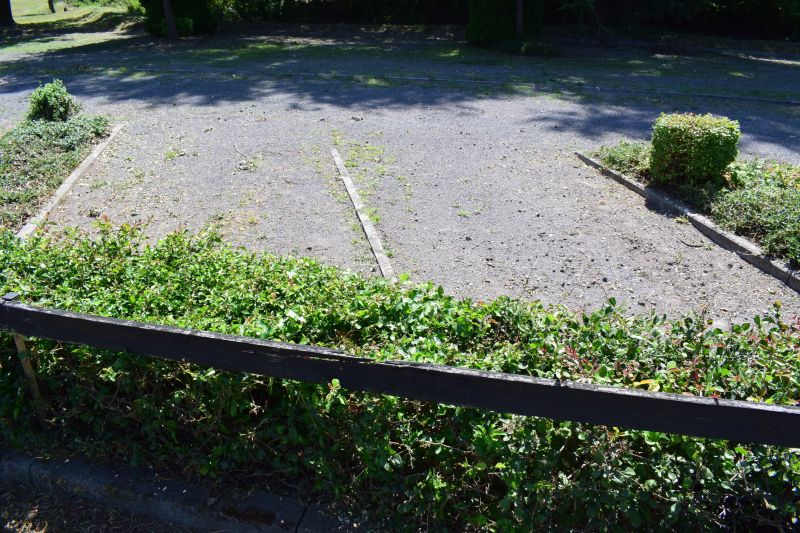Optimal Timing for Skill Gradings
Gradings are an essential part of skill progression in martial arts and other disciplines. Timing can influence the effectiveness and fairness of assessments, making it important to understand optimal periods for scheduling them. Properly timed gradings can motivate individuals, reflect skill development, and align with training cycles.
Scheduling gradings after a period of consistent training ensures participants are well-prepared and confident in their skills.
Timing gradings before competitions can serve as motivation and a benchmark for skill levels.
Aligning gradings with periods of intense skill development maximizes their relevance and impact.
Scheduling gradings away from holiday seasons or busy periods helps ensure maximum attendance and focus.

Participants demonstrating techniques during a grading session.

Students practicing techniques in preparation for gradings.

Instructor evaluating a student's performance during a grading.

Ways to make Gradings work in tight or awkward layouts.

Popular materials for Gradings and why they hold up over time.

Simple add-ons that improve Gradings without blowing the budget.
| Timing Consideration | Recommended Period |
|---|---|
| Post-Training Cycles | Immediately after a training cycle ends |
| Pre-Competitions | A few weeks before major competitions |
| Skill Development Peaks | During periods of intense training |
| Seasonal Breaks | Avoid during holiday seasons |
| Regular Intervals | Every 3 to 6 months depending on program |
Scheduling gradings at strategic times allows for better preparation and ensures participants are evaluated at their peak skill levels. Organizations often consider training intensity, participant readiness, and upcoming events when determining the best timing. Proper timing also minimizes disruptions to training routines and maximizes the value of each grading session.

A student performing a technique during a grading assessment.

An instructor observing a student's performance.

Participants receiving their grading certificates.

Students practicing techniques in preparation for gradings.

High-end options that actually feel worth it for Gradings.

Finishes and colors that play nicely with Gradings.

Little measurements that prevent headaches on Gradings day.

A 60-second routine that keeps Gradings looking new.
Individuals interested in scheduling a grading or learning more about the process are encouraged to contact for further information. Proper timing can enhance the effectiveness of assessments and support ongoing skill development.
